Starting your own venture is never an easy task. As an entrepreneur, you have a lot of things on your mind – developing your tech, formulating your business marketing strategy, handling operations, etc.
In all of that chaos, one thing that often gets neglected is marketing. Things aren’t helped by the fact that a traditional marketing strategy is incredibly expensive these days and often not as effective.
So, then, how can startups compete with bigger firms and industry incumbents?
Inbound marketing strategies are the answer.
Not only does inbound marketing help cut through the noise but they are also, typically, less expensive than outbound marketing methods. What’s more, the effects of inbound marketing are often more long-term and sustainable.
At its core, inbound marketing is all about bringing customers to you and not the other way around.
Inbound marketing is about delivering content that interests a targeted audience which includes your potential customers.
But before we talk about how to start inbound marketing for startups, let’s take a quick look at what inbound marketing actually is.
=====X=====
Disclosure: Please note that a few of the links in this article are actually affiliate links. This means that if you click on them, I will get a commission, without any extra cost to you. So, feel free to check these out as I only recommend products or services that I personally tested and highly recommend. For more information, please read my affiliate disclosure in my privacy policy.
=====X=====
Table of Contents
Inbound Marketing 101
As mentioned earlier, inbound marketing for startups is all about giving your customers a reason to come to you.
This is in complete contrast to a traditional marketing strategy, or outbound marketing, where you broadcast your brand message to anyone who would listen.
Here’s how HubSpot breaks it down:
Image via HubSpot
It's clear that inbound marketing isn’t very different from your typical sales funnel. The first step in the inbound marketing process is all about attracting visitors to your site with compelling content.
This may be a result of social media shares or results on search engines such as Google Search.
The next step in the marketing strategy is converting those online and social media visitors into qualified leads by means of landing pages, lead generation forms, and more.
Finally, you convert them into paying customers by delivering on the value promised. And if you do a great job there, they may be inclined to serve as advocates for your company – fueling your startup's growth.
Inbound marketing is a model that has served many companies well, especially in the startup world.
Here’s how you can benefit from inbound marketing for startups:
- Increase brand awareness for your startup
- Allows customers to take point on the sales funnel
- Earn shares on social media and inbound links to your site
- Improve your search engine rankings
- Allow customers to engage with your brand more actively and on their terms
- Generate quality leads for your growing business in a cost-effective fashion
Tactics for How to Start Inbound Marketing for Startups
Without much ado, here are a few of the best strategies for inbound marketing for startups:
1. Create and Share Free Content
An inbound marketing strategy for startups begins with content. But content alone isn’t enough, it’s all about relevant content.
As a makeup ecommerce business, Sephora is interested in targeting women between the ages of 20 to 40.
And because of that, they would be better off creating content around New York fashion week as opposed to crochet patterns.
Creating relevant content is easier if you know who your target audience is and what they’re looking for.
What you want to do is create and share valuable and insightful content that your readers can benefit from. Whether it’s in the form of blog posts, white papers, ebooks, or social media posts.
Consumers these days appreciate a brand that provides them with relevant information that they actually want. And informed and educated audiences make for better customers.
So, now that you have your blog all set up, you can convert your audience by creating and sharing such free content.
Promote your free content by having an exit pop up that showcases your free content or asks users to sign up for your newsletter. This can help capture leads for your business.
For example, I offer my site visitors the ebooks I’ve recently written.
Image via Shane Barker
2. Write Compelling Headlines
Now, once you have an ideal audience in mind, you need to create content that will be able to attract them. And that starts with a strong headline.
Even if you have a brilliant piece of content, if you don’t have a compelling and attractive headline, chances are people won’t click to open it. Great headlines drive site traffic and, in turn, engagement.
It’s recommended that you insert a relevant target keyword and try to answer questions your customers might have.
WordStream has an interesting take on this. They recommend having an element of negativity into your headlines.
Image via Outbrain
3. Leverage Blogs to the Fullest
According to a study by SevenAtoms, companies that blog create 97% more leads than their counterparts who don’t. As a tactic for inbound marketing for startups, blogging is a great starting place.
Just keep your audience in mind and create content that educates them, not only about your product, but how it offers them value.
You can use tools like BuzzSumo to research your competition and topics that are trending in your industry.
Like I mentioned earlier, you want to create content that adds value and provides readers with some insights about your business and your products. This could take the form of an explainer video or how-to content.
You should also consider leveraging guest blogging opportunities – be it on your own website or those of industry experts. Expert roundups are another great way to go.
Have multiple industry thought-leaders answer industry-related questions in one blog post. Content like this can help establish your own credibility in the domain.
4. Create an Email Course
Email courses are another inbound marketing for startups tactic that can help you generate a lot of leads for your venture.
They’re easy to create and a great way to promote your other content to potential customers. The fact that they don’t cost any money only sweetens the deal.
They don’t require extensive research or complex software on the backend as you might in the case of a webinar.
Mariah Coz from Femtrepreneur is good examples of this. She offers a free email course to her site visitors in the hopes of converting them into paying customers.
Image via Femtrepreneur
If you’ve created an ebook, and it’s not converting as well as it should, break it down into sections. Use each individual section as it’s own email.
You’ll find that an email course like this works even better than an ebook when it comes to lead generation and conversions.
5. Have Compelling Landing Pages
The best way to convert site visitors into leads and ultimately customers is with landing pages. Google defines landing pages as web pages that serve as the point of entry to a website or a section of it.
It’s the page consumers are led to when they click on your call-to-action.
But what’s the point of a landing page? Consider your motives for having people visit your landing page.
Is it to create leads, have people download your app, or have them buy your product?
Refer to your customer personas to figure out what people want from you. Try to design your landing pages and craft compelling copy in accordance to that.
Also make sure that the language that you use is not very technical and is easy-to-read and engaging, prompting customers to engage with your content further.
You should try experimenting with multiple landing pages, each with their own copy and CTAs to entice visitors to take an action.
You can use tools like Unbounce to help you do that. As for what a good landing page looks like, you’ve already seen mine above. I list the benefits of my ebook and offer a free download for anyone who is keen to check it out.
6. Invest in Social Media Influencers
This list would be incomplete if we didn’t talk about social media influencers as an effective inbound marketing tactic for startups. Since they make up the bulk of social media marketing.
Embracing it is a good way for startups to gain a leg-up on bigger brands. But with limited funds, you need to make sure that you get the most for your money.
And that’s exactly what social media influencers brings to the table. According to Statista, on an average, influencer marketing returns $11.69 for every dollar spent.
Another obvious benefit of using influencers in your marketing strategy is that it exposes your business to an established network of industry experts.
As a startup, your best bet is to work with micro-influencers. Not only are they more cost-effective, but they can also deliver higher content engagement. There are many forms your influencer marketing campaign can take.
Just look at the wonders it’s done for the likes of MVMT.
Image via Instagram
You can have influencers review your products on social media, create explainer videos, how-tos, or just quirky videos that promote your brand.
What matters most is finding the right social media influencers to work with and coming up with a marketing campaign that suits your brand's goals.
7. Sprinkle Some SEO Magic
Unsurprisingly, SEO makes its way onto this list of the top strategies for inbound marketing for startups. It’s not an easy marketing strategy to get right, but that shouldn’t scare you off from using it.
As Moz puts it, SEO is all about giving your website a structure so that search engines can understand it.
We don’t build websites for search engines. We build them for people. But again, what’s the point if people can’t find your site or your content?
You need to be discoverable if you want to get ahead of your competition and grow your business.
There’s a lot you can do to rise through the search engine rankings and ensure you’re one of the first links that pop up for a search query. Performing better in search results can help you attract more visitors to your website.
SEO tactics vary from using relevant keywords, meta descriptions, tags, etc. to providing more structure to your website.
They also includes things such as image and video optimization and providing an all-around better mobile experience for users too.
A properly optimized website can give your startup the boost it needs to succeed. No wonder improving their SEO is the top inbound marketing priority for 61% of marketers.
With higher search rankings, you earn more brand exposure, thereby broadening your sales funnel.
8. Make the Most of Remarketing
We’ve all seen remarketing campaigns at some point or the other. Every time we click on a product page and exit without buying, we’ll see ads for them popping up elsewhere on the internet.
Remarketing works by using your browser cookies to track the products you’ve expressed an interest in.
At this point, you might be thinking that isn’t this an outbound marketing method. You’re not completely off the mark. Remarketing serves to boost your inbound marketing efforts as opposed to being one itself.
Remarketing helps establish and provide a more relevant and personalized form of advertising by means of effective targeting.
Remember, you’re only showing these ads to people who’ve expressed an interest in you and your offerings.
It’s more effective than mindlessly broadcasting your message to a huge crowd that may not even be interested in you.
Nowadays, most social media platforms like Facebook and Instagram allow you to promote your ads to specific audiences.
For instance, you can show an ad to someone for a product they may have viewed earlier. You can incentivize them to make that final purchase decision by offering a discount.
Image via Facebook
But to achieve this high level of personalization, you need to amass vast amounts of data. Luckily, the same tools you can leverage for remarketing, provide you with the tools to run analytics.
With some investment, research, and planning, remarketing can boost your startup growth manifold.
Challenges to Inbound Marketing for Startups
Early-stage companies often struggle to find their way in the chaos of it all. Devoid of a proper marketing team, it’s tough to develop and execute inbound marketing strategies.
There are multiple pitfalls you can trip into if you’re not wary of what you experiment with.
Let's take a quick look at some of the challenges you could face, and what you can do about them.
1. Understand Your Audience
People often think that coming up with content ideas is the most difficult part of a marketers job. But that couldn't be further from the truth.
Identifying and understanding your target audience is the biggest hurdle there is when it comes to inbound marketing for startups.
Not to discourage you, but more often than not, startups fail. The ones that do succeed have one thing in common – they understand who wants their offering.
And they do that by:
- Researching their competition
- Interviewing their target customers
- Validating their ideas and brand message via PPC or other methods
Use the information you gather to create buyer personas for your business. You can leverage tools like Personapp to facilitate the process.
The aim is to create well-rounded views of your target customers. The information serves as a foundation for all the decisions on inbound marketing for startups.
Image via Personapp
2. Find a Marketing Strategy that Fits Your Future Goals
Inbound marketing for startups is a marathon and not a sprint. Any decision you make should be made with the company’s future in mind.
This is important because startups are very fluid in nature and that means you may have to pivot at any time. Having long-term goals and flexible strategies are the key to success.
With limited resources, startups face unique hurdles with respect to inbound marketing. It can take up to a few months to see any measurable results from an inbound marketing campaign. That’s the kind of time most startups don’t have.
3. Make the Most of Your Budget
We’ve already spoken about the lack of large marketing budgets at startups. It’s absolutely critical, then, to make every penny count for something.
Considering that the vast number of channels and tactics you may need to experiment with, it’s easy to lose money if you don’t know which metrics to track.
These metrics, of course, vary from company to company and campaign to campaign.
The trick is to figure out what is the goal you’re building towards. Once you have that, it’s easier to figure out which metric you should be tracking.
Knowing that will help you figure out, early on, if your inbound marketing efforts are paying off.
This will help you save you precious resources. It helps that inbound marketing for startups is typically less expensive as well.
And it helps that tactics like content marketing are thrice as effective and 62% more cost-effective than outbound methods.
4. Get Users to Consume Your Content
So, you have understood your audience, come up with a great inbound marketing plan for your startup, and have created quality content. But what’s the point if nobody actually reads what you’ve written?
You’d think the answer lies in building links from reputable sites to grow your audience. But the truth is, it’s more to do with building relationships and not links.
That includes building a good rapport with your peers, industry experts, and most importantly, your target customers.
To use an analogy, to attract bears, you need honey.
Your content is the honey but content marketing is where you place your honeypots so that they will be found.
Conclusion
These inbound marketing strategies for startups have a charm of their own. Not because they’re effective for digital marketing individually, but because they work really well together.
They’re all capable of enhancing and complimenting each other as they’re executed properly.
Put your resources to good use, and adjust and fine-tune your inbound marketing approach as you go. Once you find your groove, there’s nothing that will be able to slow down your venture’s momentum.
What are your thoughts on these strategies? Do you have any other effective tips for startups? Feel free to share in the comment section below.
=====X=====
Disclosure: Please note that a few of the links in this article are actually affiliate links. This means that if you click on them, I will get a commission, without any extra cost to you. So, feel free to check these out as I only recommend products or services that I personally tested and highly recommend. For more information, please read my affiliate disclosure in my privacy policy.

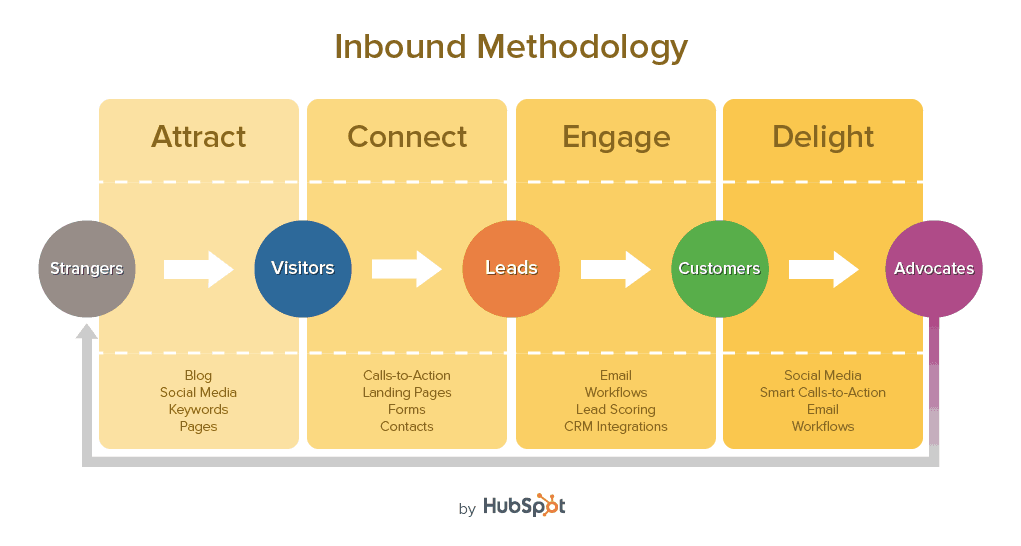
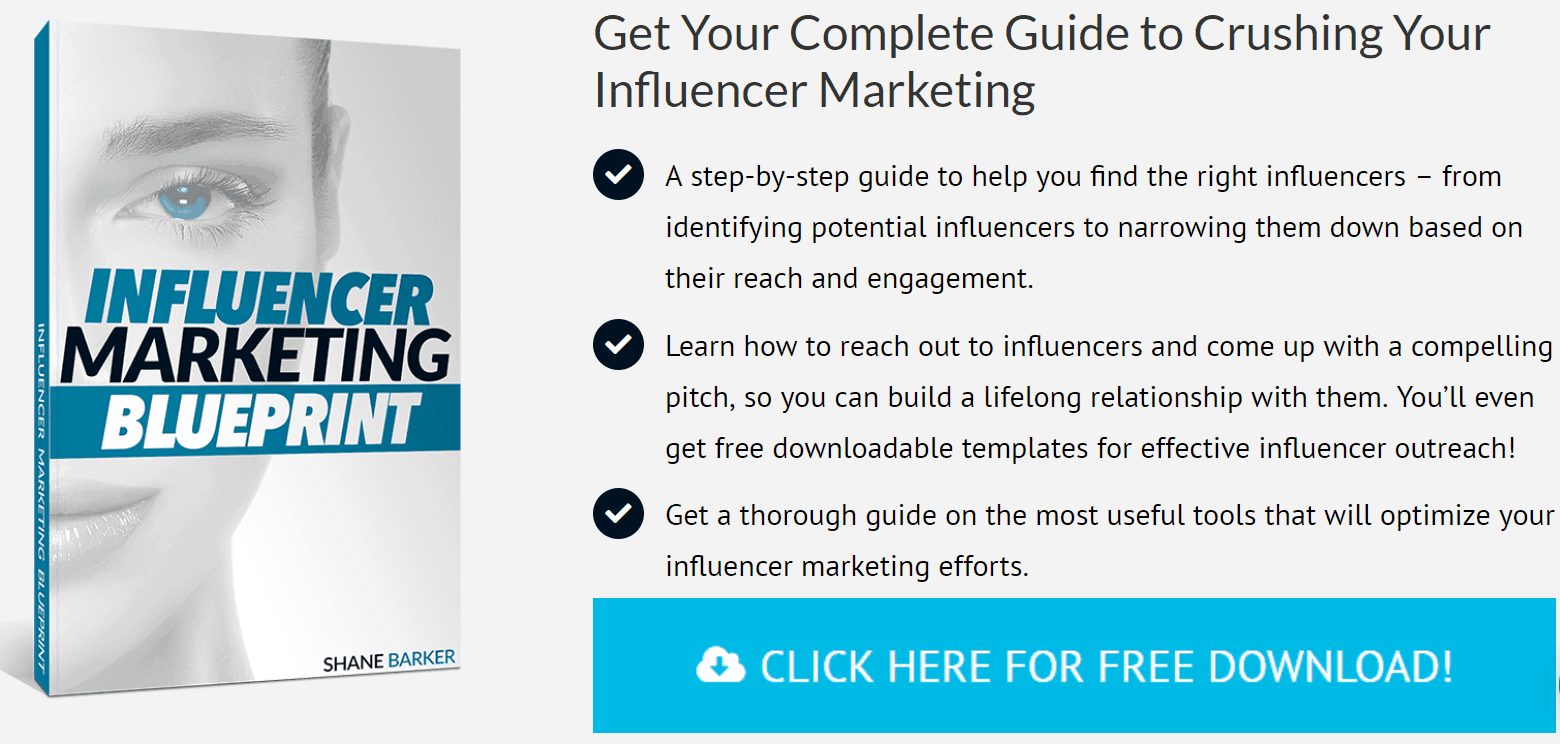
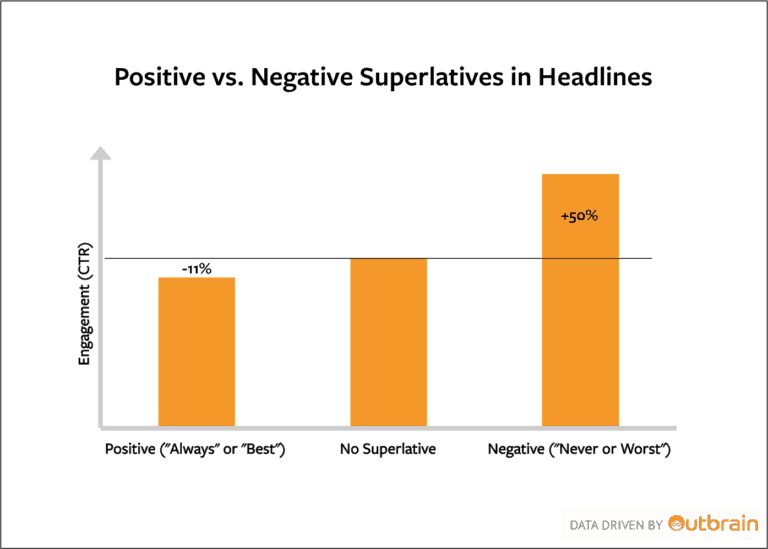
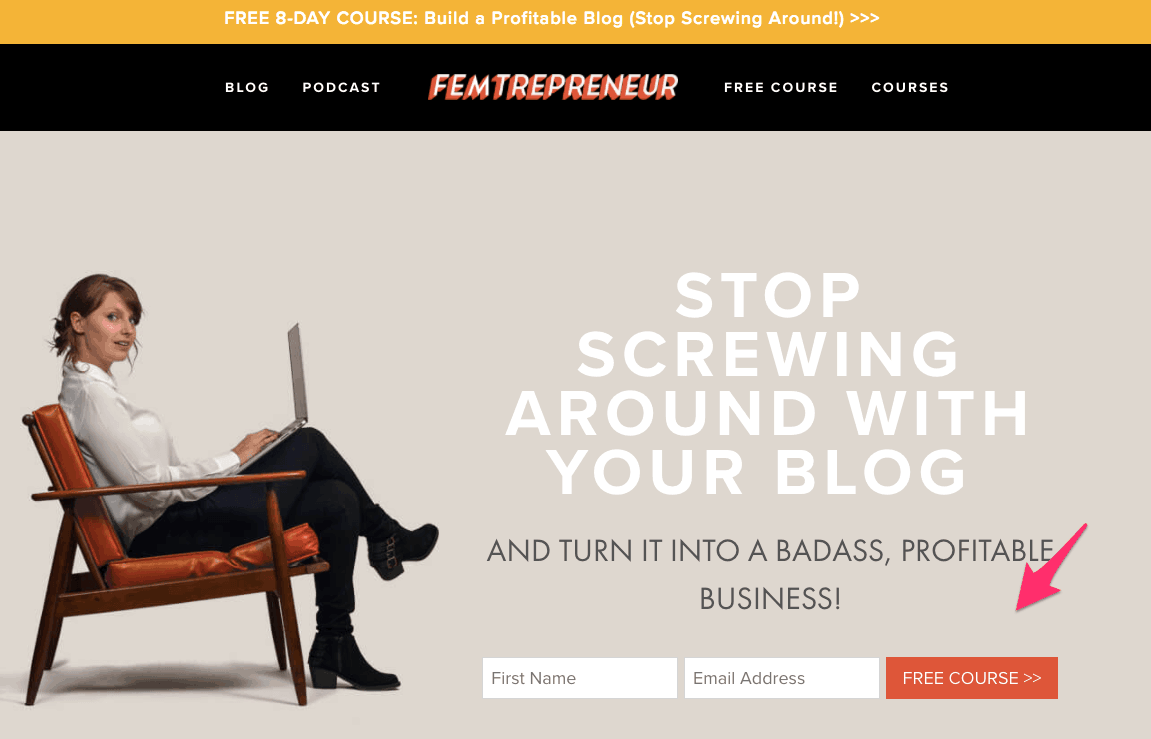


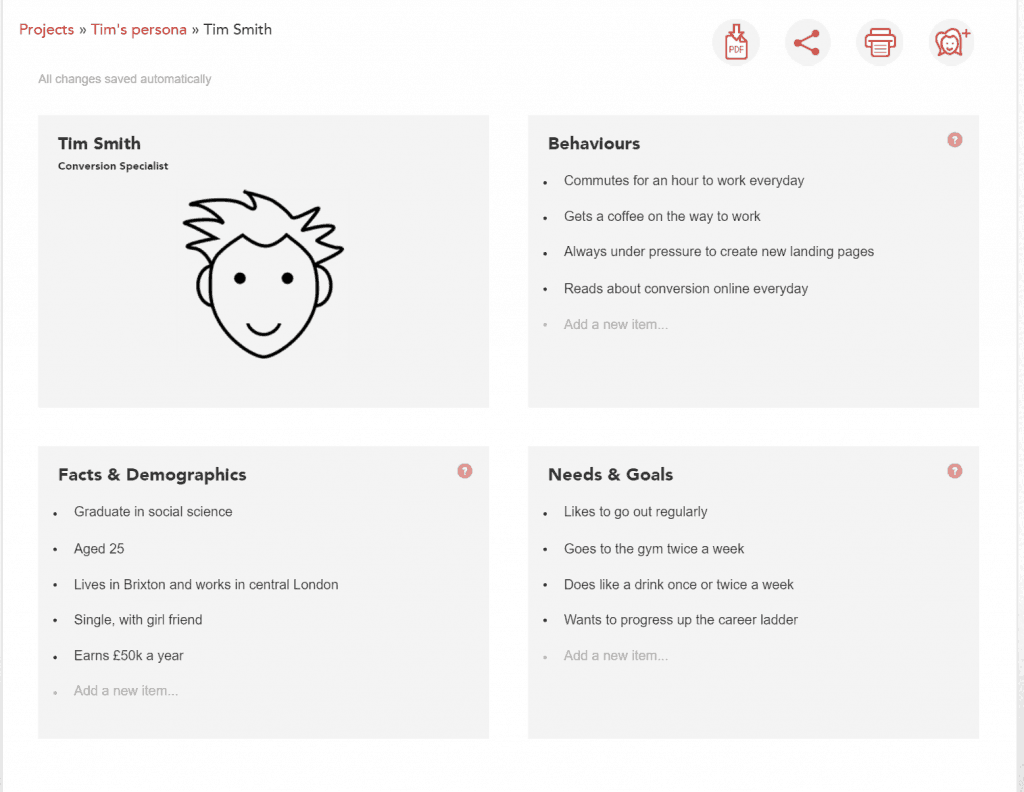



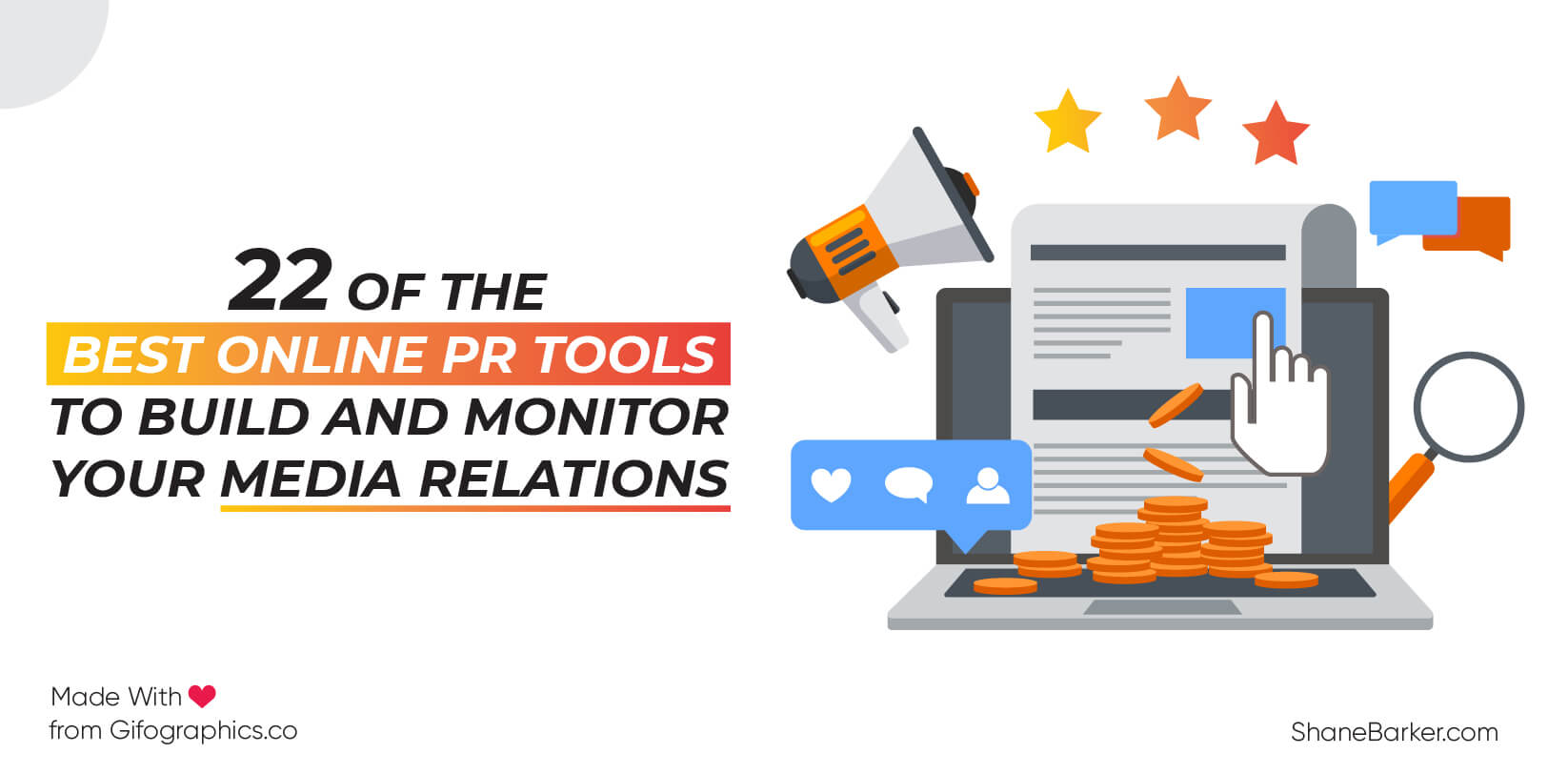
![digital marketing for startups: the strategies to use in [year] 19 best digital marketing strategies for startups](https://shanebarker.com/wp-content/uploads/2021/09/best-digital-marketing-strategies-for-startups.png)

Great article and right to the point.
A big thank you for your article. Many thanks again. Much obliged.
Thank you so much! I’m glad you enjoyed reading my article about inbound marketing strategies for startups.